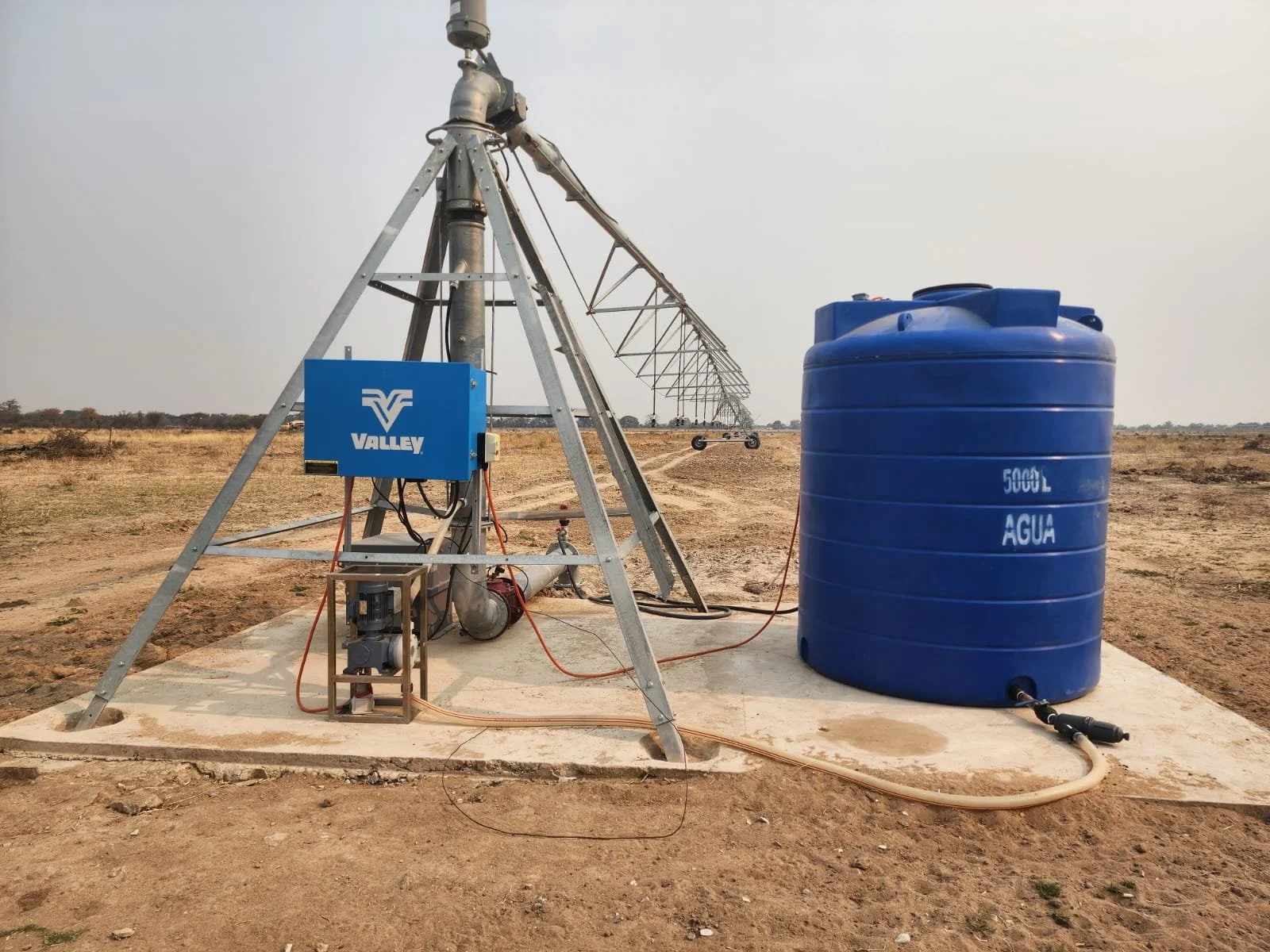PD Pump Problems in Fertigation – Part 2: Viscosity, Pressure Relief & Cavitation (Copy) (Copy)
Welcome to Part 2 of our 4-part series on solving the most common issues with positive displacement (PD) pumps in fertigation and chemigation systems.
This week we explore three more critical (and often misunderstood) problems—this time focused on fluid mechanics and pressure control.
Let’s get into it.
🔹 Issue 4: Viscosity-Induced Flow Loss
Symptoms:
Pump appears to run fine, but output is significantly lower
Discrepancy between programmed dose and actual delivered volume
Flow rate drops as temperature changes (especially in cold mornings)
Root Causes:
Heavy or thick fertilizers (e.g., humic acids, seaweed extracts, chelates) reduce volumetric flow
Standard PD pumps are tuned for water-like fluids
Motor torque may be insufficient to maintain stroke volume under thicker conditions
Engineering Solutions:
Use product-specific viscosity data to adjust pump settings
Upgrade to a motor with higher torque or fit a variable frequency drive (VFD)
Minimize pipe friction by increasing discharge line diameter
Run viscous formulations during warmer times of day to reduce resistance
🔹 Issue 5: Missing or Incorrect Pressure Relief Valve (PRV)
Symptoms:
Piping or pump seals blow out during startup
Sudden pressure spikes when solenoids or valves are closed
Internal wear on pump diaphragms or seals
Root Causes:
System installed without a PRV (common in lower-cost builds)
Incorrect pressure setting (too high or too low)
Manual valves closed during dosing cycles, with no back-pressure escape
Engineering Solutions:
Always install a pressure relief valve downstream of the pump
Size and set it based on maximum operating pressure + 10–20% margin
Test PRV function monthly—they’re mechanical and can seize over time
Tie PRV exhaust line back to tank or a safe drain
Use pressure sensors to interlock pump logic with open valve status
🔹 Issue 6: Cavitation from Suction-Side Restrictions
Symptoms:
Popping or rattling noises from the pump
Foamy discharge or inconsistent dosing
Visible bubbles or flashing in suction line
Long-term internal damage to pump head
Root Causes:
Suction lift too high (pump mounted too far above tank)
Long or narrow suction lines create high friction loss
High-viscosity fluids causing vapor bubbles at low pressure
Inadequate net positive suction head (NPSH)
Engineering Solutions:
Always mount pump as close to and below the tank as possible
Use short, wide-diameter suction tubing—avoid elbows or reducers
Keep suction line full (primed) and free from vacuum leaks
Install a foot valve to prevent drain-back
For long runs, consider flooded suction design or a booster pump
📆 Next in 2 Weeks (Part 3):
7. Material compatibility problems
8. Pulsation damage to pipelines
9. Startup sequence failures
📩 Subscribe to receive all posts directly or send us your technical questions at technical@ifeederglobal.com.
🌐 www.ifeederglobal.com
📞 UK: +44 7491 034947 | SA: +27 83 457 9991



